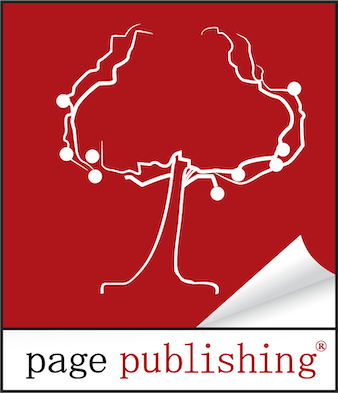
What Am I Missing? The Author’s Best Resource: Inkwell Academy

As an author, you know that the journey to success in writing can be both exhilarating and daunting. With so many aspects to consider—crafting a compelling narrative, understanding the publishing process, and marketing your book—it’s easy to feel overwhelmed. If you’re asking yourself, “What am I missing?” look no further than Inkwell Academy. This innovative platform is the ultimate resource for authors at every stage of their writing journey.
What is Inkwell Academy?
Inkwell Academy is a comprehensive online resource designed specifically for writers. It offers a plethora of tools, courses, and support to help you enhance your skills, navigate the complexities of publishing, and connect with a community of like-minded authors. Whether you’re a novice or a seasoned writer, Inkwell Academy is your go-to destination for all things writing and publishing.
Why Inkwell Academy is the Missing Piece
1. Expert Guidance
At Inkwell Academy, you have access to a wealth of knowledge from experienced authors and industry professionals. The instructors provide invaluable insights that can help you tackle common challenges and make informed decisions throughout your writing journey. Each course is designed to offer practical strategies that you can implement immediately, making the learning process efficient and effective.
2. Extensive Resources
One of the standout features of Inkwell Academy is its vast array of resources. From in-depth courses to templates, checklists, and guides, you’ll find everything you need to succeed right at your fingertips. This comprehensive library ensures you have all the tools you need, allowing you to focus on honing your craft without wasting time searching for information elsewhere.
3. Supportive Community
Writing can be a lonely endeavor, but Inkwell Academy fosters a strong sense of community. Here, you can connect with fellow authors, share your work, and receive constructive feedback. Networking with other writers can provide you with the encouragement and inspiration you need to keep moving forward. Engaging with a community of writers can be the key to unlocking your full potential.
4. Flexible Learning Options
Inkwell Academy offers flexible learning solutions to fit your busy lifestyle. Whether you prefer to learn at your own pace through recorded courses or participate in live sessions, you can customize your educational experience to suit your needs. This adaptability allows you to maximize your learning without sacrificing your writing time.
5. Current and Relevant Content
The world of writing and publishing is constantly evolving, and Inkwell Academy continually updates its content to keep it fresh and relevant. You’ll find courses that cover the latest trends, best practices, and emerging technologies in the industry. This ensures that you stay informed and well-equipped to tackle the challenges of the modern publishing landscape.
6. Interactive Learning Features
The new and improved Inkwell Academy site offers enhanced interactive features that make learning engaging and dynamic. Participate in discussions, collaborate with other authors, and take part in real-time polls to deepen your understanding of the material. These interactive elements not only make learning more enjoyable but also foster a sense of connection among members.
7. Special Events and Workshops
In addition to regular courses, Inkwell Academy hosts special events, guest lectures, and workshops that allow you to learn directly from successful authors and industry experts. These opportunities to engage with professionals can provide you with unique insights and strategies that may otherwise be difficult to access
Discover the New and Improved Inkwell Academy
We are excited to introduce the newly revamped Inkwell Academy site! With a fresh layout, improved navigation, and expanded offerings, the updated platform is designed to enhance your learning experience. Features to look forward to include:
- Enhanced Course Catalog: Explore new courses and updated content tailored to your needs as an author.
- User-Friendly Interface: Enjoy seamless navigation that makes finding the resources you need a breeze.
- Interactive Community Features: Engage in lively discussions, participate in group activities, and connect with fellow writers in real time.
The upgraded Inkwell Academy is your comprehensive resource for growth and success as an author.
If you find yourself wondering, “What am I missing?” when it comes to your writing journey, look no further than Inkwell Academy. With expert guidance, extensive resources, and a supportive community at your fingertips, you have everything you need to elevate your writing career. Explore the new site today and discover how Inkwell Academy can become your most valuable resource as an author!





